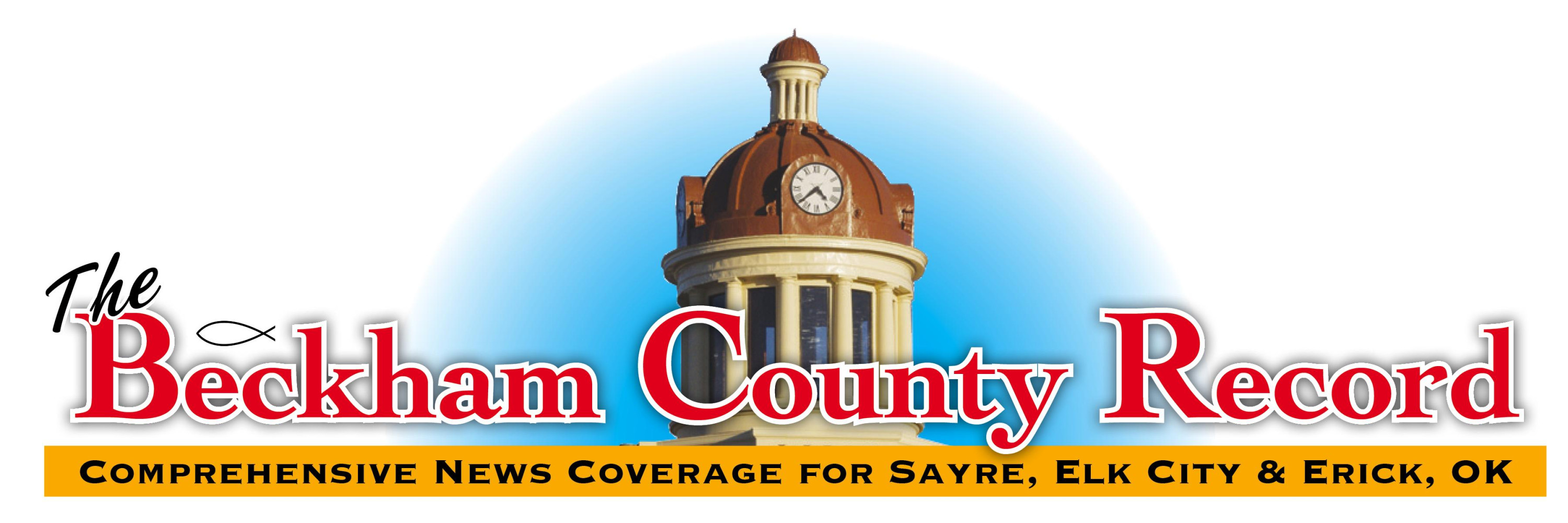From a nutritional standpoint, cattle basically need protein, energy, vitamins, minerals and water. Assuming free choice vitamin/mineral and water is in adequate supply, most nutritional supplementation and feeding focuses primarily on the crude protein (CP) and energy (TDN) needs of cattle. Furthermore, nutritional needs of cattle vary by age, size, stage of production, environmental conditions and weather, gender, breed and other factors (like level of milk production). In any nutritional program it is imperative to determine the objective of why we are feeding or supplementing. After defining our goal, we can minimize input costs and maximize our profit potential by evaluating feeds based on nutrient content as opposed to just looking at the price per ton or bag.
Evaluating Feeds on a Cost per Unit of Protein and Energy Basis At the time of this writing, 38% CP, 70% TDN range cubes are available at a bulk price of $475/ton, the same commercial feed mill has 20% CP, 70% TDN cubes priced at $350/ton. Protein and TDN content are on an “As Fed” basis. If we are in a situation requiring protein supplementation of cows grazing warm season grass this fall, either of these protein supplements could meet our needs, but which is the more cost effective alternative? At a glance, $350/ton strikes most of us as a more cost effective feed. But what are we actually getting? Some “Cowboy Math” yields the following answers: The 38% Cubes At a cost of $475, one ton of 38% cubes contains 760 lbs. of CP and 1,400 lbs. of TDN: For example: 2,000 lbs. x .38 = 760 lbs. and 2,000 x .70 = 1,400 lbs.
The cost per unit of CP is $.625/lb., the cost per unit of TDN is $.34/lb.
For example: $475/760 lbs. = $.625 and $475/1,400 lbs. = $.34 The 20% Cubes At a cost of $350, one ton of 20% cubes contains 400 lbs. of CP and 1,400 lbs. of TDN: For example: 2,000 lbs. x .20 = 400 lbs. and 2,000 x .70 = 1,400 lbs.
The cost per unit of CP is $.875/lb., the cost per unit of TDN is $.25/lb.
For example: $350/400 = $.875 and $350/1400 = $.25 So, we have determined the more cost effective source of CP is the 38% cubes and the more cost effective source of energy is the 20% cubes. What is the most cost effective feed? Depends on our nutritional objective. What we are we feeding/ supplementing and why.
Mark Johnson, OSU Extension beef cattle breeding specialist, discusses the importance of hay testing on SunUpTV from September 17, 2022. Cow-Calf Corner - Sept. 17, 2022 - YouTube For additional information please contact Greg Hartman, Beckham County OSU Extension at (580) 928-2139


